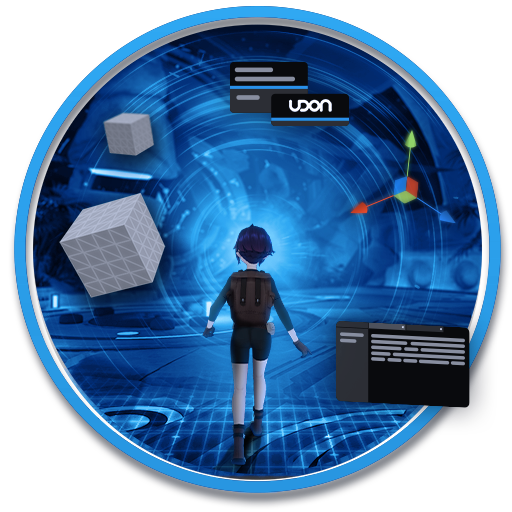Accessibility
You can make your documentation more accessible and inclusive by structuring it well and providing helpful metadata.
This page summarizes some key points from Google's free Tech Writing for Accessibility course (CC BY 4.0).
Use simple language
Most users who read VRChat's Creation documentation speak English. But they may not understand complex words or phrases.
- Avoid unfamiliar jargon, US-based slang, pop-cultural references, and complicated linguistic constructions.
- Follow the style guide to improve the clarity of your documentation.
Create helpful headings
Markdown support different levels of headings. Headings improve the structure of your document and help your readers understand it.
- Every document should use a level-1 heading (
#) for its title. - Use other heading levels (
##,###... ) to create sections. - Don't skip heading levels (i.e., jumping from
##to#####).
Include informative link text
People who use screen readers often use them to scan a page to hear just the links. Use informative link text to ensure that your audience hears meaningful information, not just "Learn more, learn more, learn more."
- Avoid: Learn more, Click here, This page
- Better: Learn more about our roadmap.
Write helpful alt text
Markdown allows you to provide alternative text for your images. Screen readers narrate alt text for readers who are blind or who have low vision.
Use a short phrase or one or two sentences. Long descriptions interrupt the reading flow for screen reader users.
- Don't include extra words like "Image of" or "Photo of."
- Capitalize the first word and include a final period.
- Use other punctuation as necessary.
For example:

